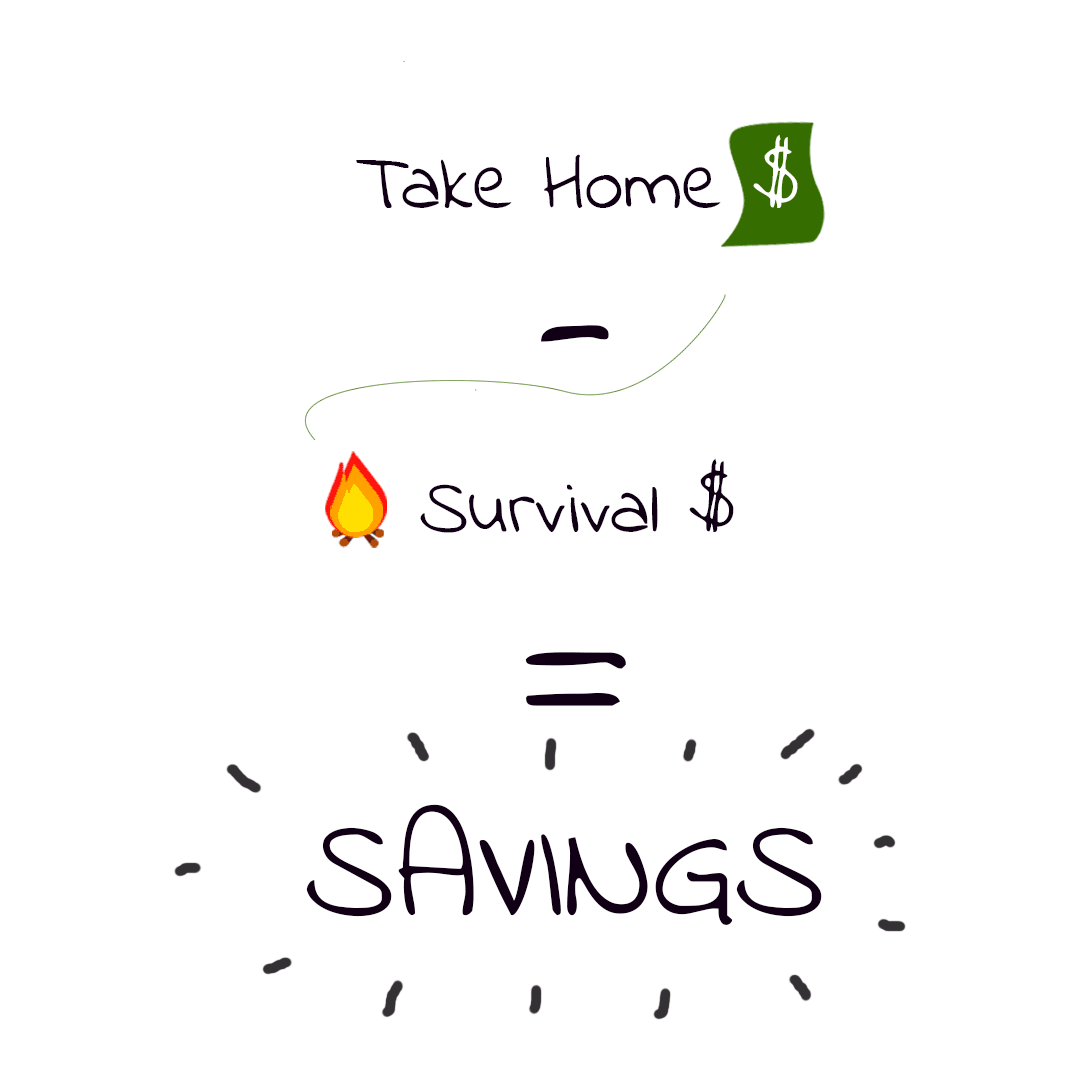Budgeting | Personal Finance | Article
How to Finally Start Saving Money
by Sophia | 9 May 2019 | 5 mins read

You get your first paycheck and you’re finally adulting, right? Unfortunately for many of us, sudden financial independence also means a crazed spending spree. We buy DSLRs (to catalogue epic vacations), and indulge a little too much in Grab rides… then crawl through the last week towards payday. This cycle of living paycheck-to-paycheck goes on for about a year before we start to feel a little disgusted with ourselves – shouldn’t I have some savings by now?
Well, to overcome this lack of ability to save, we have to get to know ourselves, financially.
Find Out Where The Money is Going
Fixed Expenses
The first category is the easy one, recurring fixed amounts every month.
- Bills (phone, internet, utilities)
- Subscriptions (Netflix, gym memberships)
- Loans
- Insurance premiums
- Parent allowance
These are some typical ones. Identify them and total them up.
Variable Expenses
Then there’s also the variable expenses that fluctuate month-on-month, such as:
- Food
- Transport
- Shopping
- Entertainment
To get a good idea of your variable expenses, have a look at your bank transactions in the last three months and average out all your spending that doesn’t fall under fixed expenses. Taking an average of three months captures occasional expenses, such as birthday gifts and shopping splurges.
These provide an accurate snapshot of our real lifestyle and spending habits, because life is filled with random moments like that. Let’s not kid ourselves!
Your ‘Survival’ Money
Then, totalling up both fixed and variable expenses lets us know how much we need a month to survive. Hence, we shall term it ‘survival money’.

Find Out How Much You Can (possibly) Save
Once you know your ‘survival money’ (hopefully it isn’t all of your salary), you’re ready to find out how much you can save. Now comes the moment of truth. 
Even if the amount is low to you, getting started somewhere is better than none at all. Try to commit to it. Once you get into the rhythm of saving, it’s easier to start looking how to save more.
Here is a Google template that we created, so you can try to build a budget yourself!
Cutting Expenses
Well, this is the tough part. If the answer to your Possible Monthly Savings is too low, zero, or ahem, negative, we have to look into cutting expenses.
Here are some usual suspects:
Fixed expenses
- Too many insurance policies
- That unused gym membership
Variable expenses (hint: this category is usually the culprit)
- Too many cups of bubble tea
- Taxi rides
Most of the time, we do know where our bad financial habits lie. The hard part is mustering the willpower to curb them. But hey, give yourself some credit. You made it this far in an article talking about budgeting! You can do it.
How Much Should I Save?
But, how much should we cut down our expenses? After all, how do we know the amount we should aim to save for, if we don’t even know what to save for?
Does saving for a trip to Europe next year count? (No.)
A rule of thumb is putting aside 20% of your income for long-term financial goals, think boring, but important, personal finance stuff. Here are some long term-financial goals many of us will have. Tackle these goals in this order.
- Clearing debt (credit card debt, student loans)
- Saving to prevent/reduce future debt (wedding & renovation loans) and concurrently save up an emergency fund (6X of your ‘survival money’)
- Set the sum aside for the day you are ready to explore funding an investment portfolio
If you are a fresh-grad, clearing step 1 and 2 will take some time, but tackling these early steps will provide a solid grounding that future-you will look back and thank you for.

As you progress, the 20% rule will likely drop to the wayside – this happens when you pick up the knowledge to plan for long-term financial goals. Until then, the 20% rule is a good start when you build a budget, because it generally equates to a significant enough amount to tackle steps 1 and 2. But yet, the savings goal isn’t too restrictive, especially since you’re likely just starting out in your career.
Though of course, to progress faster, one can take up the challenge to save above 20%. This means returning to the chopping board and being more aggressive in cutting down expenses.
Auto-transferring Savings
As the months pass, it might become a bit of a hassle to remember how much in our bank account is portioned to savings or spending – especially if there’s only one account to manage all our finances. But yay technology! Now, in a few clicks, we can set-up a monthly auto-transfer. This will automatically funnel that 20% savings into a new, designated savings account.
If you have only one bank account, head online to open a new account with your preferred bank. It won’t take more than ten minutes. Next, set up standing instructions for the auto-transferal, and we’re all set. If you’re using POSB/DBS, they have a pretty clear guide on setting up a standing instruction.
You can even set the exact date the auto-transfer happens, which we would recommend to occur the day immediately after payday.
You Can Do It

Going through the above process is powerful – having the knowledge of the exact ‘survival money’ figure one needs will serve as a basic building block to many future financial decisions, such as:
- How much do I need to put aside in an emergency fund?
- If I can’t cut down my expenses, how much more income do I need?
- How much do I need to retire?
If you manage to accomplish what is spelled out in this article, it would be the first – thus most important – step into the very long journey of financial adulthood.
















